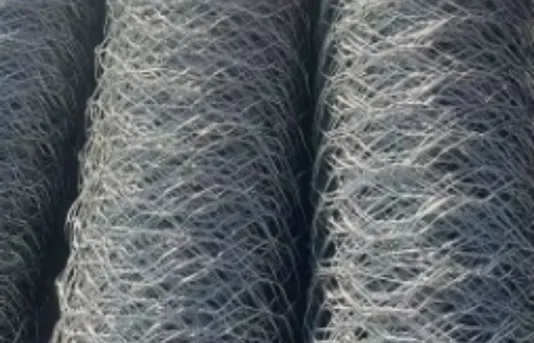-
 Phone:
Phone: -
 Email:
Email:

Quality Chain Link Fence Materials and Supplies for Your Fencing Needs
Understanding Chain Fence Supplies A Complete Guide
When it comes to securing residential and commercial properties, chain link fences have proven to be one of the most practical and popular choices. Their durability, cost-effectiveness, and versatility make them an ideal solution for many different applications. However, to install a chain link fence successfully, it's crucial to understand the various supplies and materials involved. This article offers a comprehensive overview of essential chain fence supplies, helping you make informed decisions for your fencing project.
1. Chain Link Fabric
The primary component of any chain link fence is the chain link fabric itself. This material is made from galvanized steel wire that is woven together in a diamond pattern. Chain link fabric comes in various heights and gauge sizes, allowing you to choose the right thickness for your security needs. The gauge of the wire typically ranges from 11 to 6, with lower numbers indicating thicker wire. Thicker fabric is more robust and can withstand harsher conditions, making it ideal for high-security areas.
2. Fence Posts
Fence posts are crucial for providing structural support to the entire chain link fencing system. There are two main types of posts used in chain link fencing terminal posts and line posts. Terminal posts are installed at corners, gates, and endpoints, providing a sturdy anchor for the fencing. Line posts, on the other hand, serve as intermediate supports along the length of the fence. When selecting posts, consider the height and gauge of the fabric being used, as this will impact the post size and spacing.
3. Top Rails
Top rails help to strengthen the fence and contribute to its overall stability. They run horizontally along the top of the fence, connecting the terminal and line posts. Top rails can be made from galvanized steel or aluminum, depending on your design preferences and budget. Properly installing the top rail is essential, as it helps maintain the tension in the chain link fabric and ensures the fence remains taut.
4. Tension Wire
chain fence supplies

Tension wire is an optional component that enhances the strength of the fence. It is typically installed at the bottom of the chain link fabric and tied to the fabric and posts, helping to minimize any sagging and improve overall stability. Tension wire is particularly useful in areas where the soil may shift or where the fence is subjected to high winds.
5. Fittings and Hardware
To successfully install a chain link fence, you'll also need various fittings and hardware, including
- Clamps Used for securing the top rail to the posts. - Post Caps These cover the tops of the posts, protecting them from corrosion and adding a finished appearance. - Tension Bands These are used to attach the chain link fabric to the terminal posts. - Barbed Wire (optional) For added security, barbed wire can be strung along the top of the fence.
6. Gates
No fencing system is complete without a gate. Gates can be customized to match the height and style of the chain link fence. When selecting a gate, consider the width needed for any vehicles or equipment that may pass through, as well as the type of latch or locking mechanism required for security.
Conclusion
Investing in chain link fencing supplies involves understanding the various components that contribute to a successful installation. By familiarizing yourself with the key materials such as chain link fabric, posts, rails, fittings, and gates, you can ensure that you choose the right supplies for your specific needs. Whether you're looking to enhance security, delineate property lines, or simply add an aesthetic appeal to your space, a well-planned chain link fence can provide the solution you need. With the right supplies and knowledge, you're well on your way to creating a sturdy and effective fencing system.
-
Wire Mesh for Every Need: A Practical SolutionNewsJul.25,2025
-
Steel Fences: Durable, Secure, and Stylish OptionsNewsJul.25,2025
-
Roll Top Fencing: A Smart Solution for Safety and SecurityNewsJul.25,2025
-
Cattle Farm Fencing Solutions for Maximum SecurityNewsJul.25,2025
-
Affordable Iron Binding Wire SolutionsNewsJul.25,2025
-
Affordable Galvanized Wire SolutionsNewsJul.25,2025
-
Wire Hanger Recycling IdeasNewsJul.25,2025








